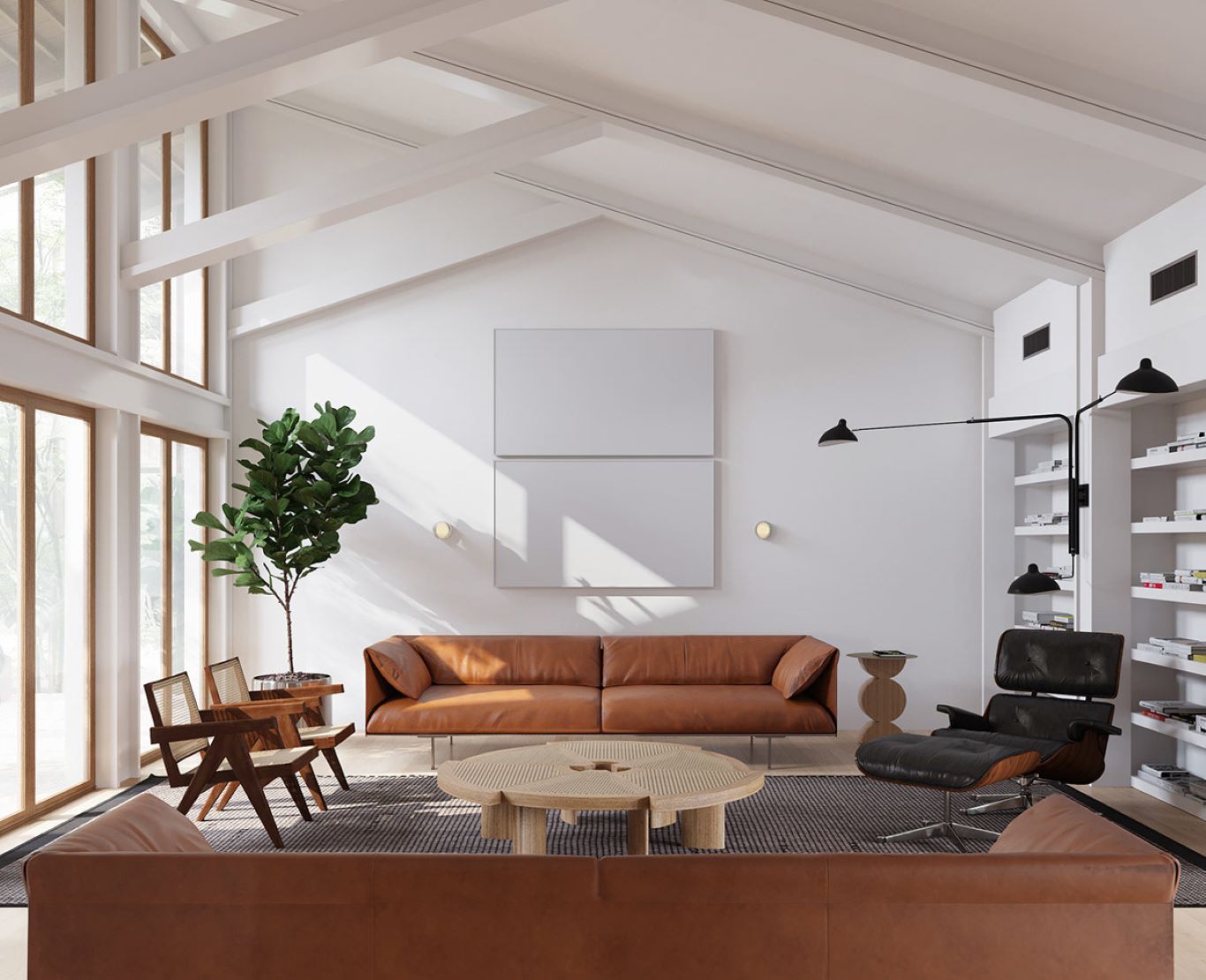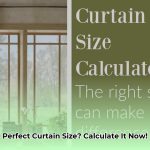Picture a home bathed in natural light, where clean lines and open spaces blur the boundaries between indoors and out. This is the essence of mid-century modern architecture, a style that continues to captivate and inspire decades after its peak popularity. This comprehensive guide delves into the history, design principles, and enduring appeal of mid-century modern houses, offering insights for both admirers and aspiring homeowners.
Defining the Mid-Century Modern Aesthetic
Mid-century modern architecture, flourishing from the 1930s through the 1960s, embodies a unique blend of form and function. Born from post-World War II optimism and influenced by the Bauhaus and International Style movements, these homes represent a shift towards simplicity, functionality, and a deep connection with nature. Key characteristics include:
- Clean Lines and Geometric Shapes: Rectangles, squares, and triangles define the minimalist aesthetic, devoid of excessive ornamentation.
- Integration of Nature: Expansive windows, sliding glass doors, and open floor plans seamlessly merge indoor and outdoor spaces, creating harmonious living environments. This often incorporates Mid-Century Ranch Style Homes elements.
- Natural Materials: Wood, stone, brick, concrete, glass, and metal are prominent, adding warmth, texture, and an organic feel.
- Open Floor Plans: Walls are minimized, promoting a sense of spaciousness, enhancing natural light and ventilation, and encouraging a fluid transition between living areas. This characteristic is often found in Mid-Century Modern Ranch Homes.
A Journey Through Time and Style
The mid-century modern movement wasn’t simply a trend; it was a response to changing social and economic landscapes. The post-war boom and the rise of suburban living fueled a demand for affordable, functional, and aesthetically pleasing homes. Visionary architects like Richard Neutra (Kaufmann House), Ludwig Mies van der Rohe (Farnsworth House), Lina Bo Bardi (Casa de Vidro), Philip Johnson (Glass House), and Luis Barragán (Cuadra San Cristóbal) pioneered this distinctive style, each adding their unique interpretations. Their designs prioritized functionality and comfort while embracing a minimalist, modern aesthetic.
The Enduring Legacy
The allure of mid-century modern extends beyond its historical context. These homes continue to resonate with contemporary audiences, inspiring architects and homeowners alike. Modern interpretations often incorporate sustainable materials and energy-efficient technologies, updating the style for 21st-century living while maintaining its core principles.
Building Your Mid-Century Modern Dream
Whether you’re looking to purchase an original mid-century gem, renovate an existing home, or build new, there are numerous options available.
Finding the Perfect Home
Several resources can aid in your search for an existing mid-century modern home:
- Real Estate Listings: Online platforms and local realtors specializing in mid-century modern architecture can help you find available properties in your desired location (e.g., St. Louis listings).
- Architectural Archives: Organizations dedicated to architectural preservation often maintain databases of historically significant homes, providing valuable information and potential leads.
Designing Your Dream Home
If building or renovating is your path, consider these resources:
- House Plans & Designs: Websites like Architectural Designs and Houseplans.com offer a wide selection of mid-century modern house plans, including ranch style variations.
- Prefabricated Options: Prefabricated homes offer a more accessible and sustainable route to achieving the mid-century modern aesthetic. Companies specializing in this area provide customizable designs and efficient construction processes.
Crafting the Interior and Exterior Spaces
Interior Design & Decor
The mid-century modern interior aesthetic emphasizes natural materials, pops of color, and a minimalist approach.
- Furniture: Iconic pieces by designers like Charles and Ray Eames, Isamu Noguchi, and George Nelson are highly sought after. Reproductions and contemporary pieces inspired by these classics are also readily available.
- Decor: Focus on natural materials, such as wood and stone, and incorporate pops of color through textiles, artwork, and accessories.
- Lighting: Period-appropriate lighting fixtures, like Nelson bubble lamps and sputnik chandeliers, add a touch of mid-century flair.
Landscaping
The landscape surrounding a mid-century modern home is an integral part of the design.
- Integration with Architecture: The landscape should complement the clean lines and minimalist aesthetic of the home, creating a seamless transition between indoor and outdoor spaces.
- Plant Choices: Drought-tolerant plants and native species are often preferred, reflecting the style’s emphasis on harmony with nature.
- Design Principles: Simple geometric layouts, incorporating natural elements like stone and water features, enhance the overall aesthetic.
Navigating the Challenges
While mid-century modern homes offer undeniable appeal, they can present certain challenges.
Maintenance and Upgrades
Older homes may require more frequent maintenance and potentially costly repairs to plumbing, electrical, and HVAC systems. Regular inspections and a proactive approach to maintenance can help mitigate these issues. Modernizing these systems for improved energy efficiency is also a worthwhile investment.
Limited Space and Privacy
Smaller lots and large windows can sometimes compromise privacy. Thoughtful landscaping and strategically placed window treatments can address these concerns. Creative use of space can maximize functionality in smaller homes.
Energy Efficiency
Original single-pane windows and outdated insulation can lead to higher energy bills. Upgrading to double-paned windows and improving insulation can significantly enhance energy efficiency.
The Future of Mid-Century Modern
The mid-century modern aesthetic continues to evolve, embracing sustainable practices and adapting to contemporary lifestyles. This ongoing evolution ensures its enduring relevance in the world of architecture and design. Ongoing research explores new materials and technologies that can enhance the performance and sustainability of these homes further.
Where to Find Mid-Century Modern Homes
While mid-century modern homes can be found throughout the United States, some areas are particularly known for their concentration of these architectural gems.
- Palm Springs, California: This desert oasis boasts entire neighborhoods showcasing stunning examples of mid-century modern architecture. Its association with the style is so strong that it’s often considered a mecca for enthusiasts.
- New York City, NY: While known for its diverse architectural landscape, New York City surprisingly houses a significant number of mid-century modern buildings, albeit primarily commercial structures.
- Albuquerque, New Mexico: This southwestern city presents a unique regional interpretation of the style, blending classic mid-century elements with southwestern influences.
Ultimately, the best location for you depends on your individual preferences and priorities. Whether you seek the quintessential mid-century modern neighborhood or are open to exploring regional variations, research suggests that there’s likely a perfect mid-century modern home waiting to be discovered.
- Does 100% Polyester Shrink? A Complete Guide to Washing & Drying - April 16, 2025
- Elegant Drapery Solutions for Arched Windows: A Complete Guide - April 16, 2025
- The Best Dining Room Tables with Drop Leaves: A Buyer’s Guide - April 16, 2025










